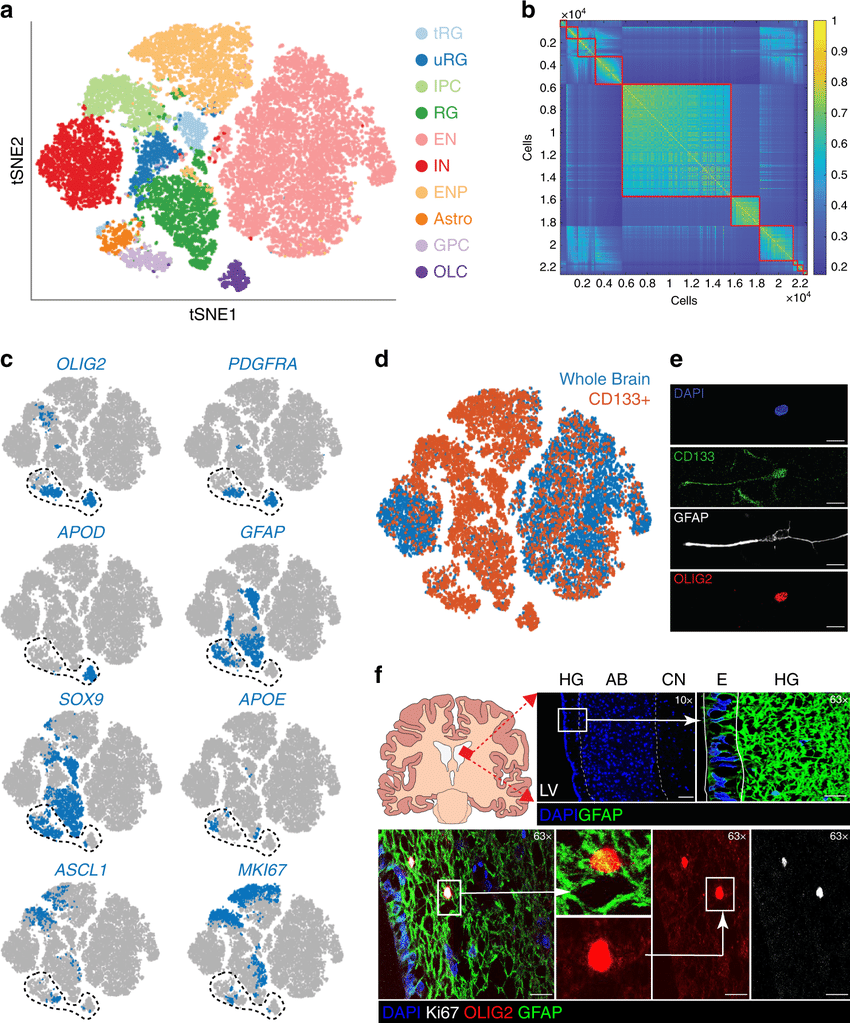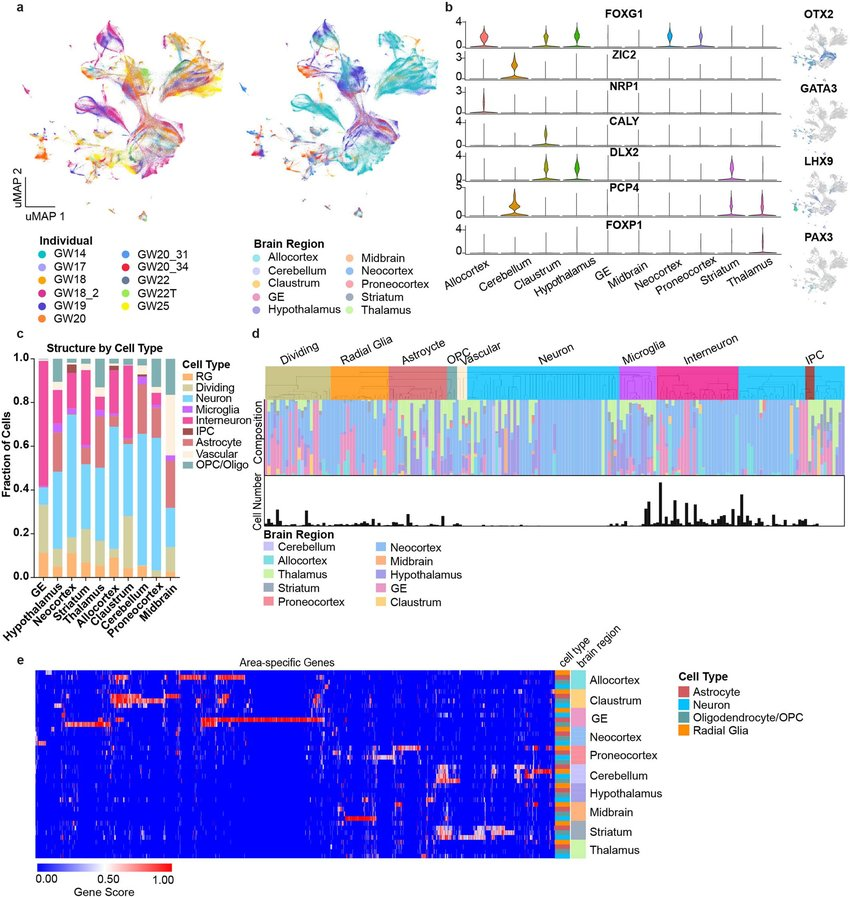For many years, understanding the brain's complex workings has been a challenge for scientists. The brain consists of numerous cell types with intricate communication networks. Traditional methods analyze brain tissue as a whole, missing the unique contributions of individual cells. This is similar to analyzing an orchestra's sound without distinguishing the instruments or musicians.
Single-cell neuroscience is a groundbreaking field that allows researchers to examine the brain at the level of single neurons. By isolating and analyzing the genetic makeup (transcriptome) of individual cells, scientists can gain a deeper understanding of cellular diversity, function, and their roles in both healthy and diseased brains.
Pioneering Techniques:
A key technology driving single-cell neuroscience is single-cell RNA sequencing (scRNA-seq). This technique allows researchers to measure messenger RNA (mRNA) molecules within a single cell. mRNA acts as a blueprint for protein synthesis. By identifying the mRNA profile, scientists can determine the genes actively expressed in that particular cell. This information provides valuable insights into the cell's identity and function.
Unveiling Cellular Diversity:
The brain is composed of specialized cell types, each with a specific role in neural circuits. Single-cell analysis has revealed a surprising level of variation within these populations. For instance, studies have identified distinct subtypes of neurons within the cortex, each with unique gene expression patterns that likely contribute to specific functions such as sensory processing or memory formation.
Decoding Brain Function:
By linking specific gene expression profiles to neuronal function, researchers are gaining a clearer understanding of how different cell types contribute to brain circuits and behavior. Companies like Gentaur Group are playing a very important role in this progress by providing high-quality reagents essential for scRNA-seq experiments. For instance, scRNA-seq has been used to identify specific neuronal populations involved in learning and memory. This knowledge is crucial for developing targeted therapies for neurological disorders that affect these processes.
Illuminating Disease Mechanisms:
Single-cell approaches are transforming our understanding of neurological diseases. By comparing the transcriptomes of healthy and diseased cells, researchers can pinpoint the specific cell types most affected by the pathology. This knowledge can help identify new therapeutic targets and pave the way for the development of personalized medicine strategies for neurological disorders like Alzheimer's disease and Parkinson's disease.
Conclusion:
Single-cell neuroscience is revolutionizing our understanding of the brain. By studying the brain one cell at a time, researchers are unraveling the mysteries of cellular diversity, function, and disease. This knowledge holds immense promise for the development of novel therapies and personalized medicine approaches for neurological disorders, ultimately paving the way for a brighter future for brain health.
For additional information, you may watch this video:



Single-Cell Neuroscience